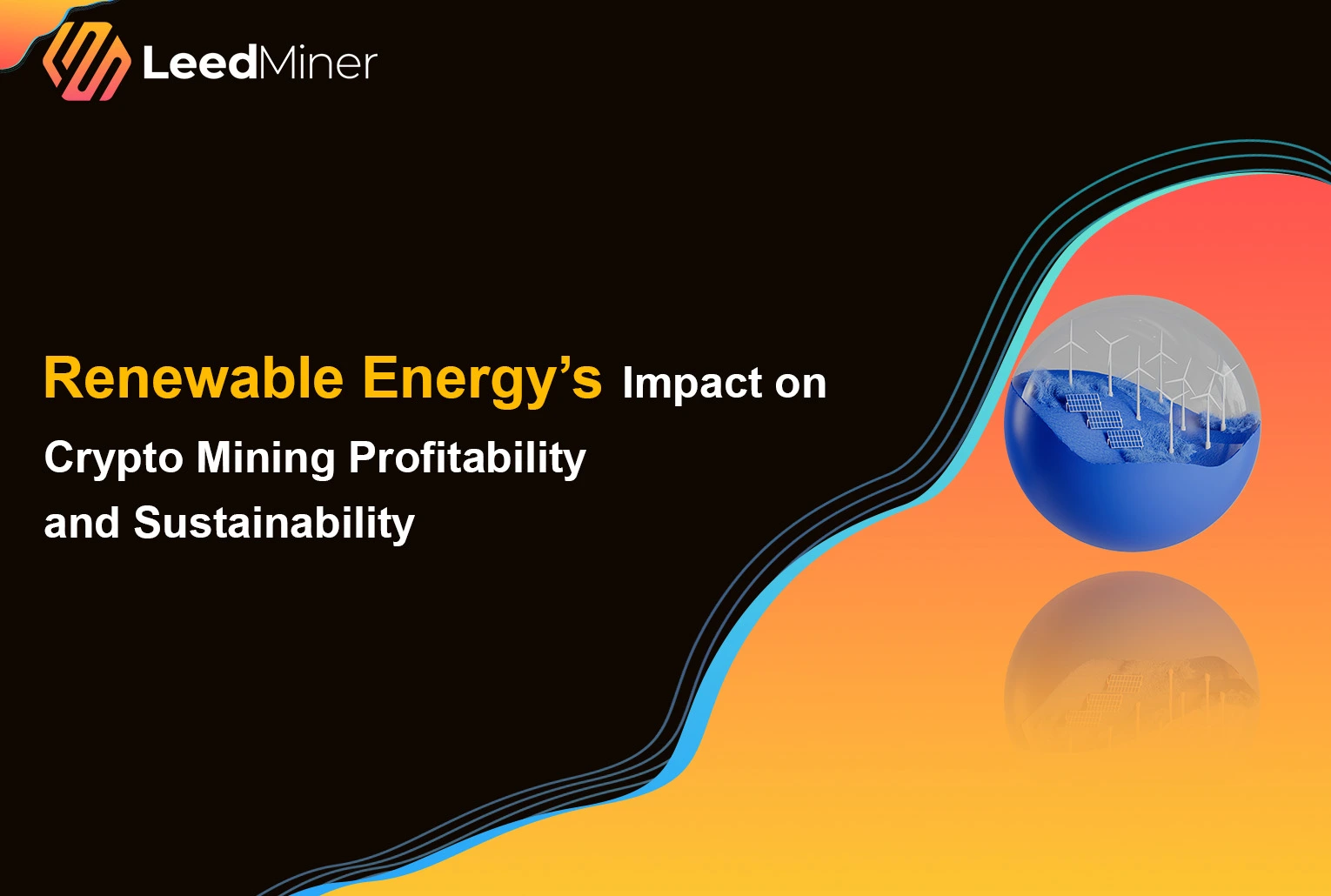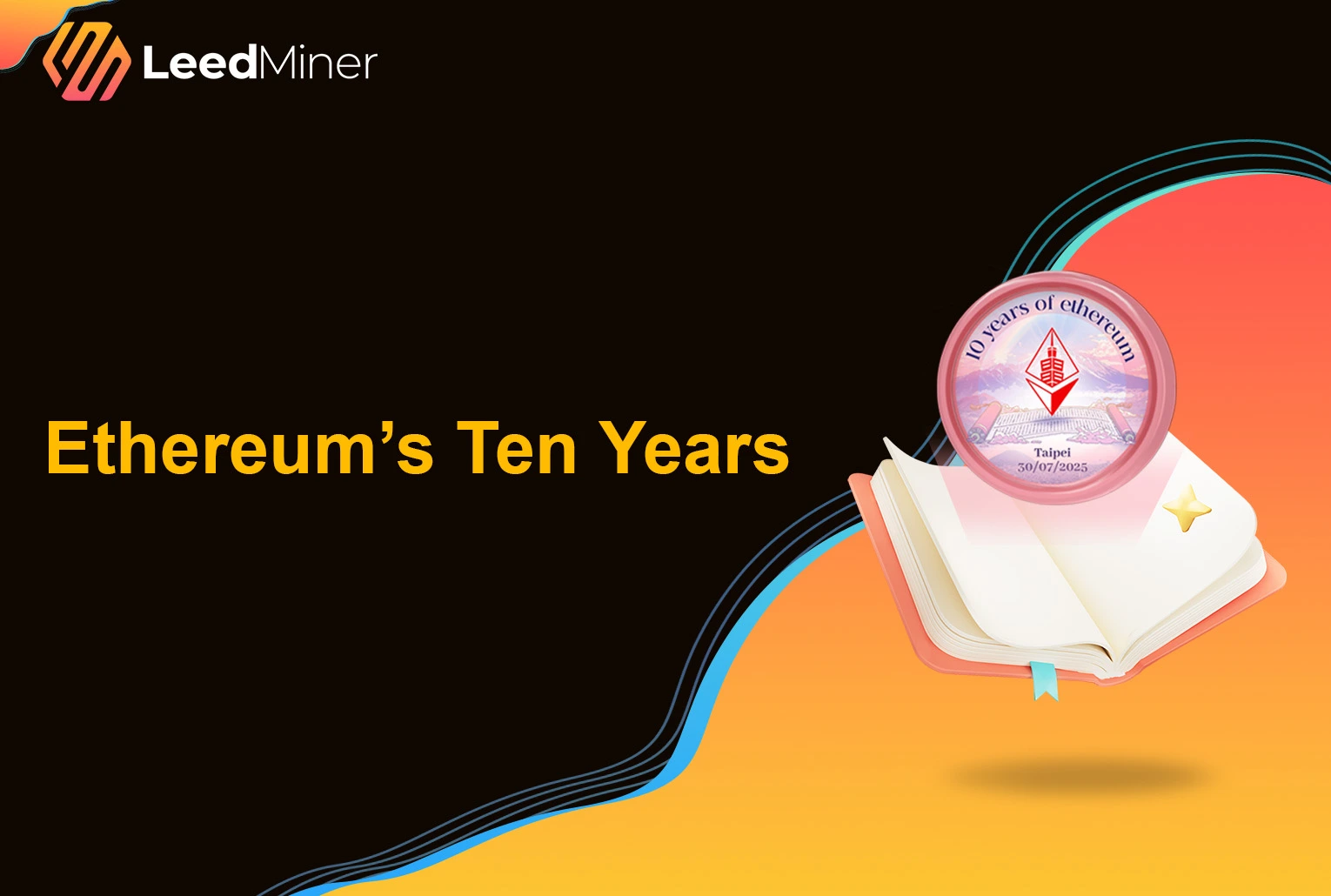SUMMARY
The year 2024 brought major fluctuations in the cryptocurrency mining sector, driven by global macroeconomic uncertainty, halving impacts, and shifting regulatory landscapes. Miners had to adapt to shrinking margins, volatile token prices, and increasing energy scrutiny.
Shifting Macroeconomic Landscape
The broader economic environment significantly impacted the mining industry in 2024. High interest rates, inflationary pressure, and geopolitical tensions added uncertainty to the crypto market. Investment capital slowed, pushing miners to focus on operational efficiency rather than aggressive expansion.
Bitcoin Halving and Its Aftermath
The April 2024 Bitcoin halving event cut block rewards from 6.25 BTC to 3.125 BTC, squeezing profitability. Many older-generation mining machines became obsolete overnight, leading to a wave of shutdowns or repurposing. Only miners with the latest high-efficiency rigs or access to ultra-cheap electricity could remain competitive.
Key Consequences:
- Network Hashrate Dip and Recovery: A short-term drop in hashrate followed the halving, with a gradual rebound as efficient ASICs replaced outdated units.
- Mining Consolidation: Smaller players exited, and larger mining firms acquired assets at discounted prices.
- Shift to Alternative Coins: Some miners diversified into coins like Kaspa, Litecoin, and Alephium to maintain returns.
Energy Prices and Environmental Scrutiny
Fluctuating energy costs in key mining regions like Texas, Kazakhstan, and parts of South America made it harder to forecast operational budgets. Meanwhile, environmental regulations grew stricter:
- U.S. states began imposing energy usage disclosures.
- EU policymakers debated limiting proof-of-work operations under green mandates.
- ESG pressure led many public mining companies to seek renewable partnerships or carbon offset strategies.
The Rise of DePIN and Decentralized Infrastructure
With pressure mounting on centralized mining farms, decentralized physical infrastructure networks (DePIN) gained momentum. Projects like Aethir Edge and Akash Network offered GPU-sharing and compute marketplaces where individuals could contribute idle resources.
This allowed:
- Cost-effective GPU deployment
- Greater decentralization of network security
- Resilience against regulatory shutdowns
Institutional Activity and Mining Investment Trends
Despite the turbulence, institutional interest in mining remained steady. Several key developments stood out:
- ETF-related optimism buoyed investor sentiment.
- Venture funding returned selectively, focused on green mining, immersion cooling, and AI-mining convergence.
- Mining-as-a-Service (MaaS) providers grew popular among retail users seeking exposure without direct hardware management.
Global Regulation: A Mixed Picture
While some regions cracked down, others welcomed miners:
- China remained hostile to mining, enforcing bans and equipment seizures.
- Russia allowed regulated industrial mining with state oversight.
- El Salvador and Paraguay offered incentives to attract mining firms using hydro and geothermal power.
CONCLUSION
2024 was a defining year for the cryptocurrency mining industry. Volatility and halving pressures tested operational models, but also catalyzed innovation in hardware, decentralization, and energy usage. Looking ahead, miners who embrace efficiency, regulatory agility, and diversification will be best positioned to thrive in the new era of digital asset infrastructure.



